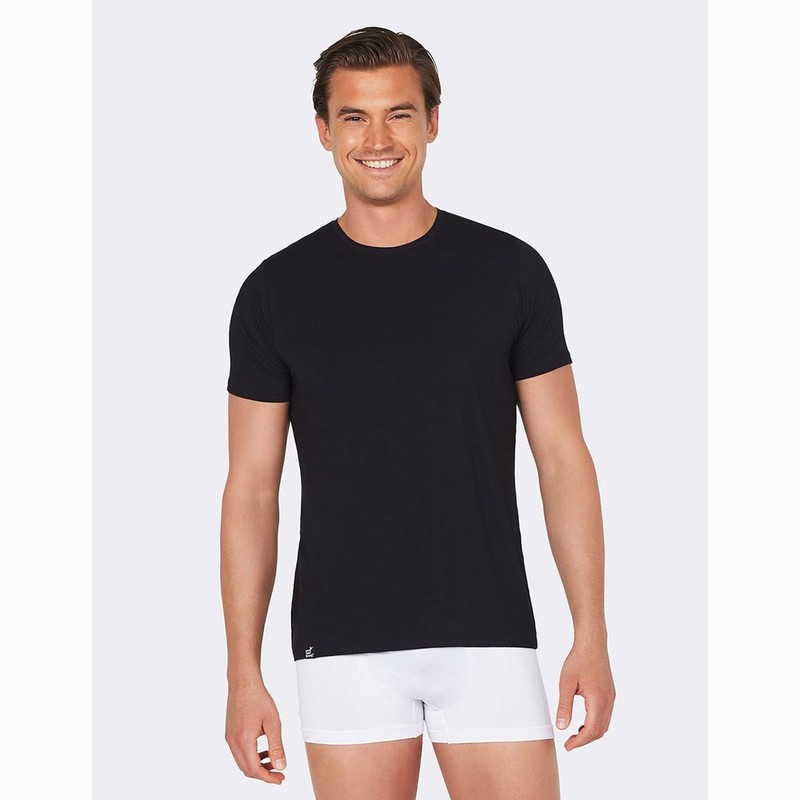Recommended Advice For Picking Hemp Clothes
Wiki Article
What Makes Hemp Durable, More Durable And More Regenerable?
Hemp's natural properties in addition to the method of growing it, make it more biodegradable and long-lasting than cotton. Here's why- Biodegradability-
Natural Fiber- Hemp fibers are an organic plant that can be biodegradable. Textiles and clothing made of hemp degrade over time. The resulting waste is returned to the earth with no long-lasting effects. This is different from synthetic fibres like polyamide, which can decompose over the course of hundreds of years.
Hemp textiles are not contaminated with chemical additives and synthetic chemicals which can hinder biodegradability. The textiles made of cotton can be treated using synthetic chemical additives like specific dyes or finishings which slow biodegradation.
Durability-
Hemp fibers are considered to be tough and durable. Hemp textiles and clothing are less susceptible to wear and tear and last longer in comparison to cotton-based products. Hemp garments are durable and washable many times before showing signs of wear.
Less Prone to PillingLess prone to pilling Hemp fabric is less susceptible to pilling (the creation of small, fuzzy balls on the fabric's surface) compared to cotton. This attribute enhances their overall quality and durability.
Regenerative Agriculture-
Soil Health Hemp cultivating can be a regenerative practice when it's carried out sustainably. Hemp has an extensive root structure that helps to prevent soil erosion and compaction. It can also enhance soil health by aerating and increasing microbial activities. This regenerative quality will make the soil better suitable for future crops.
Low Environmental Impact. Sustainable hemp production methods are often characterized by minimal pesticide and weedicide use. This minimizes environmental harm. Contrary to conventional cotton farming, its use of synthetic chemicals can result in soil degradation and pollution of the water.
Water Efficiency-
Hemp typically requires less cotton to thrive. Its drought-resistant nature means it thrives even without irrigation or in rain-fed environments. This makes it an ideal choice for areas with only a limited supply of water.
Hemp is a good crop to incorporate into rotational systems. This can help improve soil health and reduce the likelihood of disease development and soil loss. In the cotton industry, the practice of crop rotation is less widespread.
Hemp is a source of potential. It can be utilized to make a range of products, such as clothing, paper construction materials, textiles. Hemp is grown in a variety of ways such as renewable and sustainable.
In addition to these advantages of hemp, it's crucial to be aware that both hemp and cotton are produced sustainable (or not) according to the farming techniques and methods of processing. It is preferential to purchase hemp products that are made using sustainable and ethical practices. This will maximize the benefits for the environment. Selecting organic cotton products will also help mitigate the environmental impacts of conventional cotton production. Check out the most popular I thought about this on hemp clothes for more advice including patagonia iron forge jacket, hemp shorts patagonia, hemp tees, mens hemp trousers, patagonia double knee pants, patagonia hemp work pants, organic hemp clothing, hemp tees, hemp yoga clothes, hemp hoodie and more.

What Are The Benefits Of Hemp Fibers When It Comes To Carbon Sequestration?
Hemp fibers are a great source of carbon sequestration, sustainability and crops rotation in many ways and are therefore an environmentally green choice for the textile and agricultural industries Carbon Sequestration-
Hemp is a very rapid-growing plant. It matures within as short as 70-120 days dependent on the variety and the conditions. During their rapid-growth phase hemp absorbs carbon dioxide from the air through photosynthesis. Carbon uptake is an important contribution to carbon sequestration as well as reducing CO2 in the air.
Hemp's high biomass production is well-known. The thick foliage of the plant and its tall stalks yield an incredible amount of organic matter. If this biomass is used in the soil for various purposes, it can help to increase the amount of organic carbon.
Sustainability:
Hemp is grown with lesser chemicals than cotton or other crops. Its natural resistance decreases its necessity for chemical interventions. The hemp industry that is organic, particularly, emphasizes sustainability through the avoidance of synthetic chemicals.
Hemp can be irrigated with minimal water, unlike water-intensive plants like conventional cotton. This makes hemp more durable in areas that have limited water resources.
The hemp's deep root system enhances the health of soil. Its roots reduce soil runoff and also stabilize the soil's structure, which helps prevent soil erosion. Hemp cultivation also promotes soil fertility by increasing soil microbial activity.
Hemp is a great crop for rotational systems. Crop rotation refers to the process of alternating between different crops in a single field. This method helps break cycle of diseases and pests as well as reduce soil depletion and improve soil structure. The importance of hemp in rotation is important for the long-term sustainability of farming.
Rotation of the crop
Hemp can also be added to rotations of crops alongside other crops, such as vegetables, legumes or grains. Diversification is essential for maintaining soil health, reducing the chance of pests or diseases specific to certain crops, and helping to ensure a balanced cycle of nutrients.
Hemp's deep root system can penetrate the soil to improve aeration and reduce compaction. It also increases water infiltration. Following the harvest of hemp the improved soil structure will benefit the subsequent crops in the rotation.
In short, hemp fibers improve carbon sequestration, sustainability, and crop rotation techniques through their rapid development, production of biomass with minimal chemical requirements, high water efficiency, positive effects on soil health, and compatibility with crop rotation systems. This makes hemp cultivation a sustainable and regenerative farming practice. The resultant fibers are a green choice for textiles and other applications. Have a look at the most popular visit website on hemp clothing for blog recommendations including women's all seasons hemp canvas bomber hoody jacket, women's all seasons hemp canvas bomber hoody jacket, hemp and cotton fabric, hemp baja hoodie, hemp jeans, hemp shirts mens, hemp yoga clothes, 100 hemp shirt, hoodlamb coat, dash hemp clothing and more.

What Are The Benefits Of Bamboo Clothing In Terms Of Environmental And Comfort?
Bamboo clothing offers many advantages to both the wearer as well as their surroundings.
Softness- Bamboo is renowned for being exceptionally soft. It has a silky, smooth texture that feels comfortable against your skin. Many people find bamboo clothing extremely soft, making it a popular choice for intimate clothes as well as loungewear and activewear.
Breathability Bamboo fibers naturally transpire and absorb moisture. They're made of micro-gaps which allow air to circulate which keeps you cool and comfortable in hot weather. The moisture-wicking properties help remove sweat from your body, which reduces dampness.
Bamboo clothing is great for thermoregulation. Bamboo clothing keeps you warm in cooler temperatures by capturing warm air close to your body. In the heat, bamboo clothing will keep your body cool and allow moisture and heat to escape. Because bamboo is able to adapt to a variety of temperatures, it's ideal for any season.
Hypoallergenic bamboo fabric is hypoallergenic and gentle for sensitive skin. It will not trigger irritation or allergic reactions. This makes it a good option for those who have skin sensitivities, allergies or.
Bamboo fibers are able to resist to odors because of their antimicrobial nature. Bamboo clothing keeps its freshness even when you are physically active.
Environment-
Sustainability- Bamboo can be a renewable and sustainable resource. Bamboo is among the fastest growing species on the planet. It requires little water, and does not require herbicides or pesticides for cultivation. Bamboo is harvested and the plant will re-grow from its roots.
Bamboo is naturally water efficient. It is able to thrive with very little irrigation and can often be planted by rainwater only. This can help reduce the environmental impacts that come from agricultural water use.
Biodegradability - Bamboo clothing decomposes naturally over time after it has been discarded. This property decreases the accumulation in the landfills of non-biodegradable textiles.
Carbon Sequestration. Bamboo plants can sequester carbon dioxide out of the atmosphere as they grow rapidly. Bamboo cultivation is a sink for carbon dioxide which reduces levels of greenhouse gases and aiding in reducing the effects of climate changes.
Chemical Reduction - The manufacture and processing of bamboo textiles typically require less chemicals than other textiles. This helps reduce the impact on the environment that manufacturing textiles produces.
Closed-Loop Processes- Some bamboo fabric manufacturing processes are closed-loop which recycles water as well as chemical waste and reduces the amount of waste and pollution.
It is important to remember that the environmental impact can differ based on the manufacturing process used, as well as whether the bamboo used for manufacturing was sourced from ethically and sustainably controlled bamboo forests. Bamboo clothing that is produced using eco-friendly practices will provide the greatest environmental benefit. Check out the top the full details about bamboo clothing for site info including bamboo clothing for women, mens bamboo boxer shorts, lisa frank bamboo pajamas, bamboo tank tops, bamboo bed clothes, long sleeve bamboo t shirt, bamboo terry fabric, jacket bamboo, bamboo mens shirts, carter's bamboo pajamas and more.
